Climate change is one of the most urgent challenges of our time, but not all communities are affected equally. Teachers across the USA are beginning to recognize the importance of teaching climate justice lessons—lessons that not only explore the science of climate change but also explain its social, racial, and economic impacts. These lessons help students connect global issues to real-world inequalities and take informed action.
In this blog, we’ll explore how educators can build meaningful and accessible climate justice curriculum in schools, especially in areas where environmental education is still developing.
Start with the Basics of Climate Education
Before diving into justice-oriented topics, it’s essential for teachers to ensure students understand climate change education fundamentals—greenhouse gases, global warming, renewable energy, and biodiversity loss. By using visual aids and examples from students’ everyday lives, teachers can make these topics both engaging and personal.
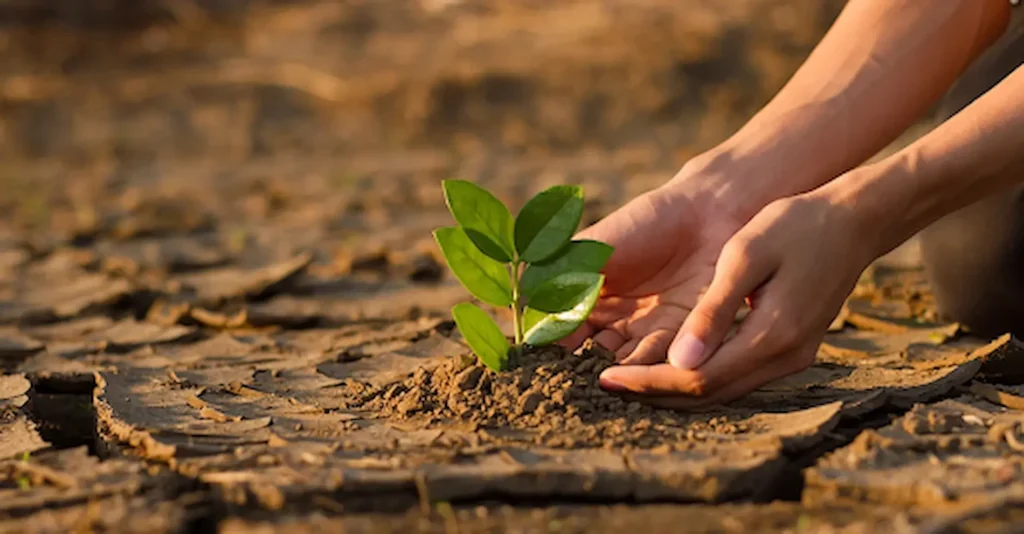
Our Climate Education section provides valuable resources for educators to get started.
Connect Climate Justice to Local and Global Stories
Students understand climate change more clearly when it is linked to real people and communities. Discuss how rising sea levels affect low-income coastal areas or how industrial pollution often harms underserved neighborhoods. These examples make climate justice lessons feel more urgent and relatable.
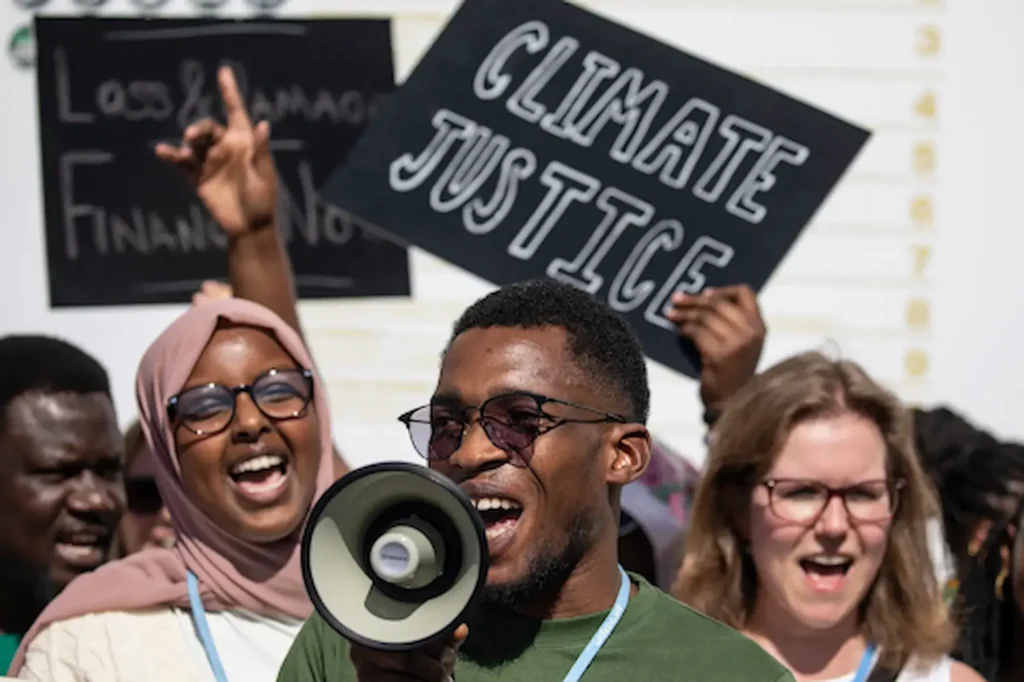
Incorporating stories from around the world—along with issues specific to American communities—helps students build empathy and think critically about fairness and equity.
Create Interactive Lesson Plans
Good climate justice curriculum involves more than lectures. Teachers should include group discussions, debates, and hands-on activities like environmental audits or school sustainability projects. Ask students: Who is most affected by pollution? How can we make energy use more fair?
For inspiration, visit our Renewable Energy Awareness and Sustainable Living pages, which include content that can be adapted into powerful teaching tools.
Introduce Social and Environmental Advocacy
Encourage students to act on what they’ve learned. This can be as simple as writing letters to local officials, participating in clean-up days, or starting school garden initiatives. These steps empower youth and make education meaningful.
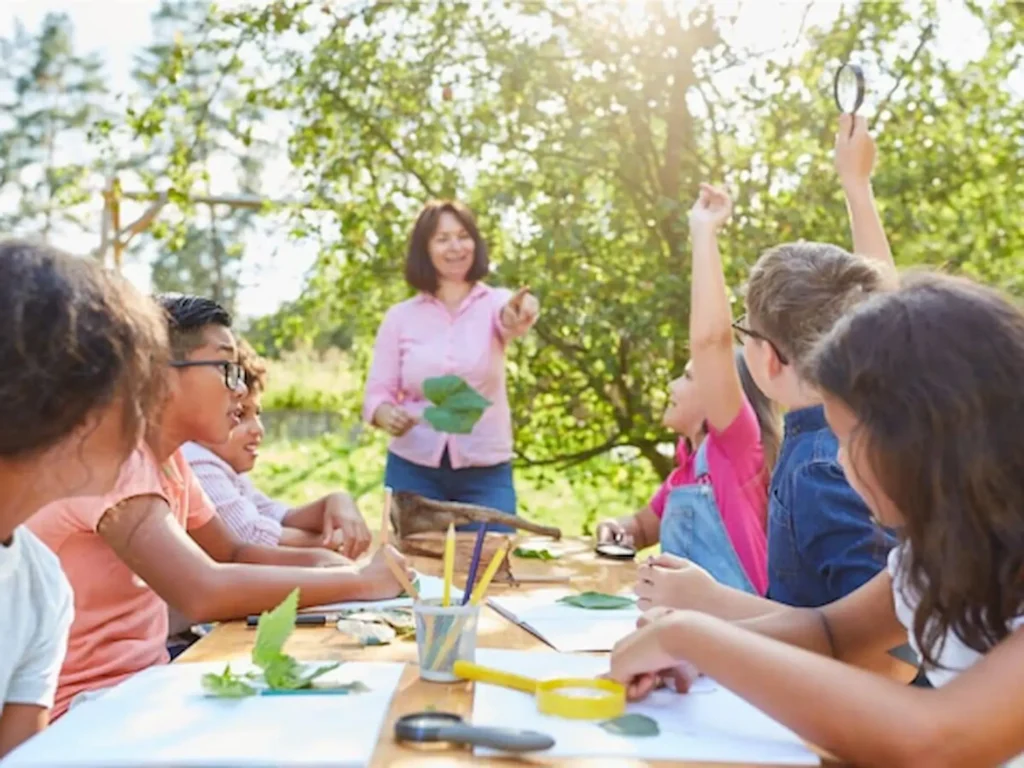
Our section on Urban Gardening offers great examples of student-led sustainability projects.
Teach with Inclusivity in Mind
Different students experience the effects of climate change in different ways. Make space for diverse voices and encourage your class to think about how environmental problems intersect with race, income, and geography. This adds depth to teaching climate justice and ensures that all students see themselves in the conversation.
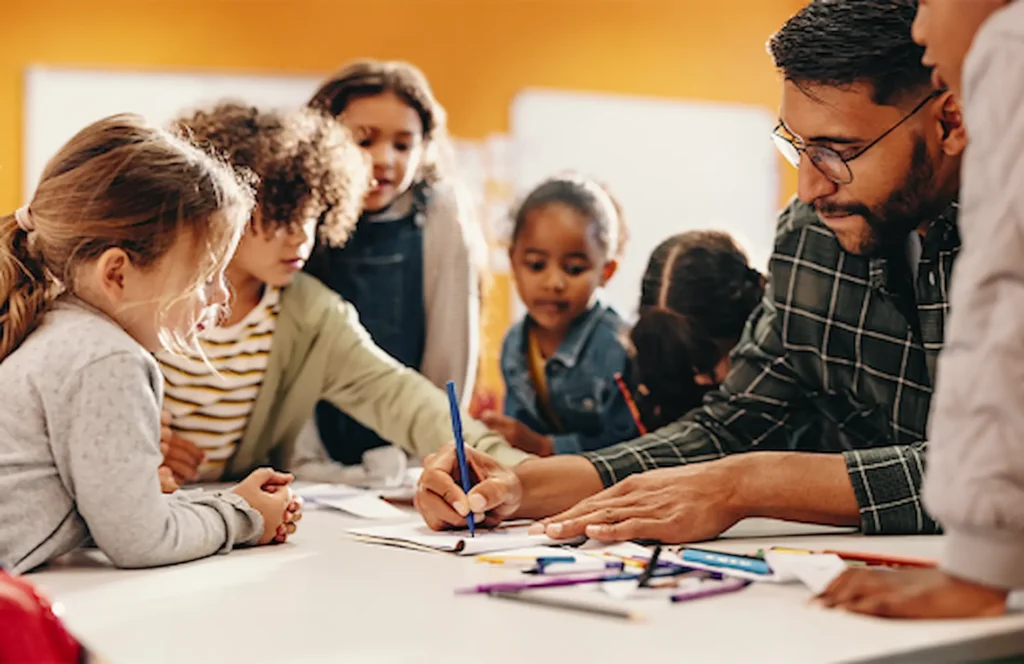
Use Cross-Subject Integration
Climate justice can be taught through science, but also in English, social studies, and even art classes. Students can write persuasive essays, research environmental history, or design posters about justice in nature. Cross-disciplinary approaches deepen understanding and retention.
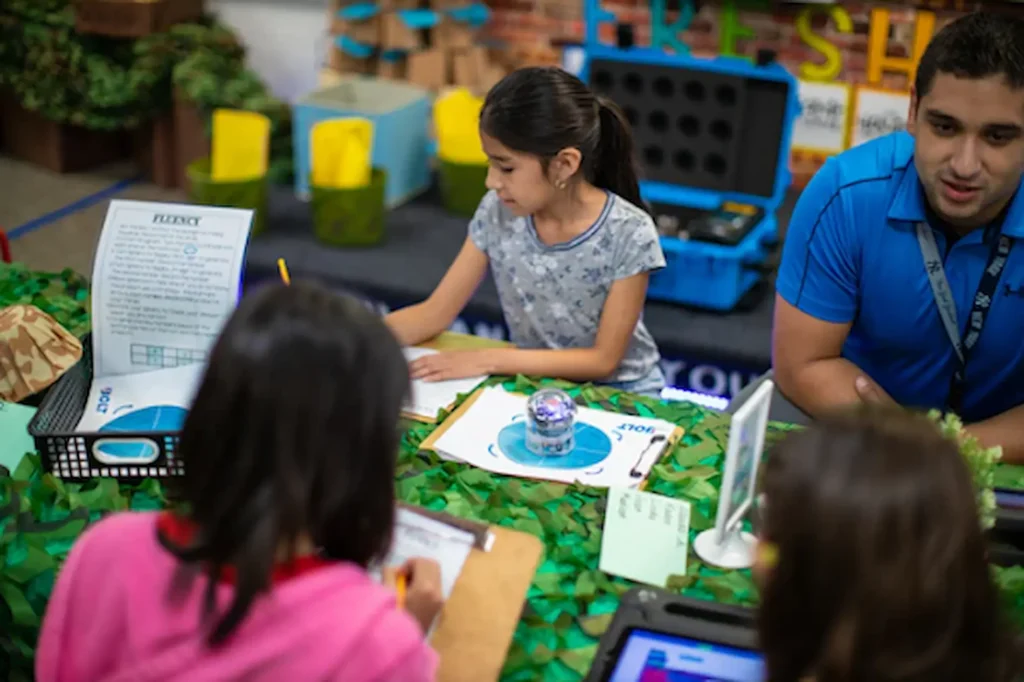
For more creative approaches, explore our content under Wildlife Conservation and Biodiversity.
Why Choose Green Zone Hub?
At Green Zone Hub, we support teachers with easy-to-understand guides, real-world examples, and educational resources on climate education, sustainable living, renewable energy, and more. Whether you’re new to climate justice or looking to expand your curriculum, we offer insights and materials aligned with your goals. Our platform is tailored to educators across the USA who want to make a difference in the classroom and beyond.
If you need support or customized content, feel free to get in touch with us.
Conclusion
Teaching climate justice is not only about science—it’s about fairness, responsibility, and hope. As an educator, your role is to prepare students to think deeply, act wisely, and lead compassionately. With the right tools and mindset, building climate justice lessons becomes a meaningful part of modern education.
FAQs
Q1: What grade levels are best for teaching climate justice?
Climate justice can be taught at all levels, with age-appropriate language. Middle and high school students often grasp social and environmental links more clearly.
Q2: Are there resources for teachers on Green Zone Hub?
Yes! Visit our Climate Education section for classroom-ready ideas and inspiration.
Q3: How do I make lessons more interactive?
Use real case studies, classroom debates, local environmental data, and hands-on activities like urban gardening or renewable energy tracking.
Q4: Can I integrate climate justice into non-science classes?
Absolutely. Climate justice fits naturally into history, literature, civics, and art. Interdisciplinary approaches enhance learning and creativity.
Q5: Do you offer workshops or training?
While we don’t currently run live workshops, we offer curated online content to support educators. For more details, contact us here.
Q6: What’s the difference between climate justice and environmental justice?
While both deal with fairness in environmental issues, climate justice specifically focuses on how climate change affects different communities unequally. Environmental justice is a broader term that covers all environmental inequalities, including pollution and access to clean resources.
Q7: How can I assess student understanding of climate justice?
You can use reflective essays, classroom discussions, project presentations, or even short quizzes. Assessments should focus on students’ ability to connect environmental issues with social factors like income, race, or geography.
Q8: Where can I find real-world case studies on climate justice?
Websites like NASA Climate Kids, the EPA’s Environmental Justice page, and platforms like Green Zone Hub offer accessible case studies for students and educators.
Q9: How can I help students take action beyond the classroom?
Encourage them to participate in local clean-ups, attend community meetings, or start school initiatives like recycling programs or gardening projects. These actions turn knowledge into impact.
Q10: Are there any free tools to help me build climate-focused lesson plans?
Yes. Platforms like Teach Climate Justice, National Geographic Education, and even our own Climate Education category offer templates, lesson ideas, and guides—many of them free and adaptable for USA-based classrooms.
